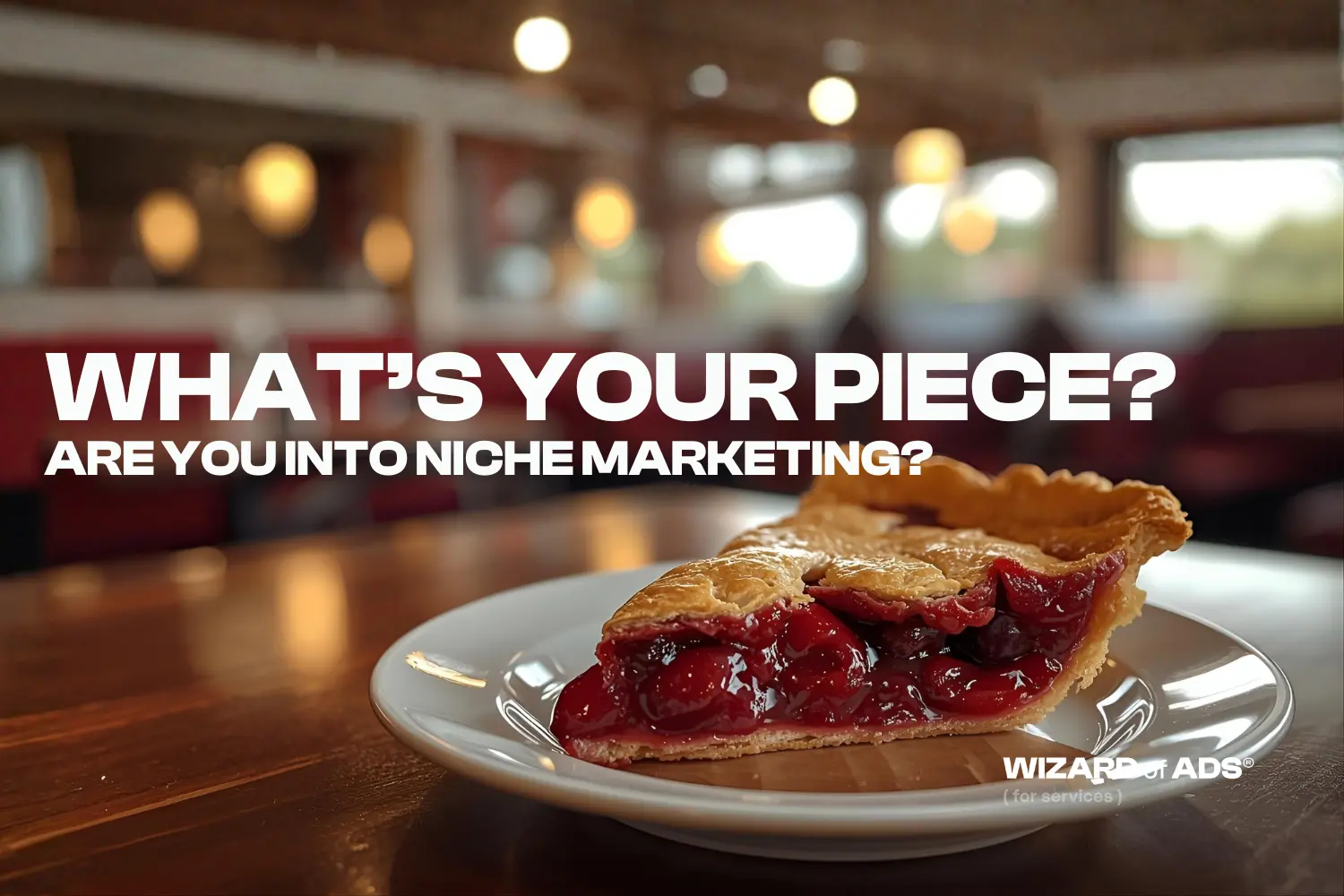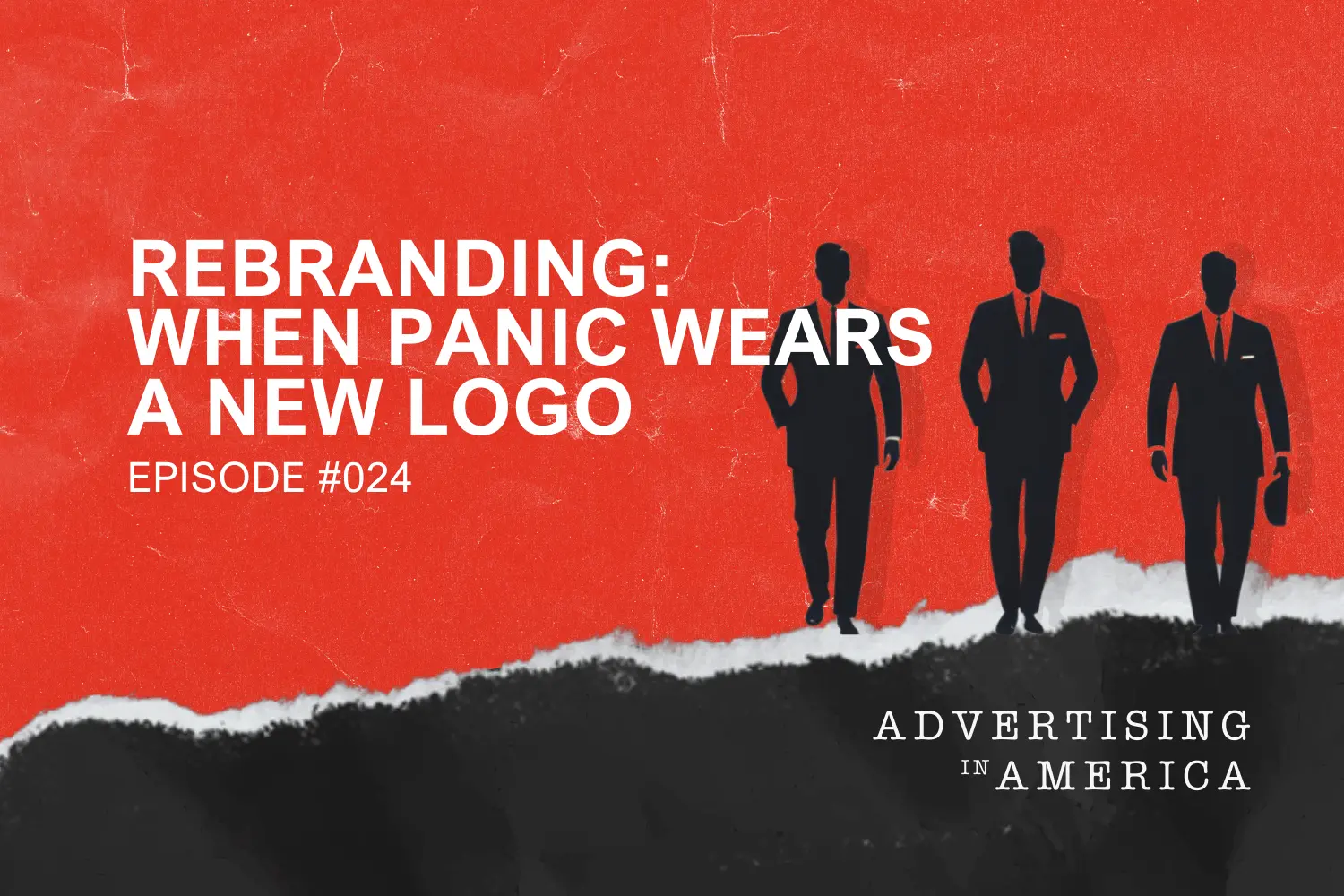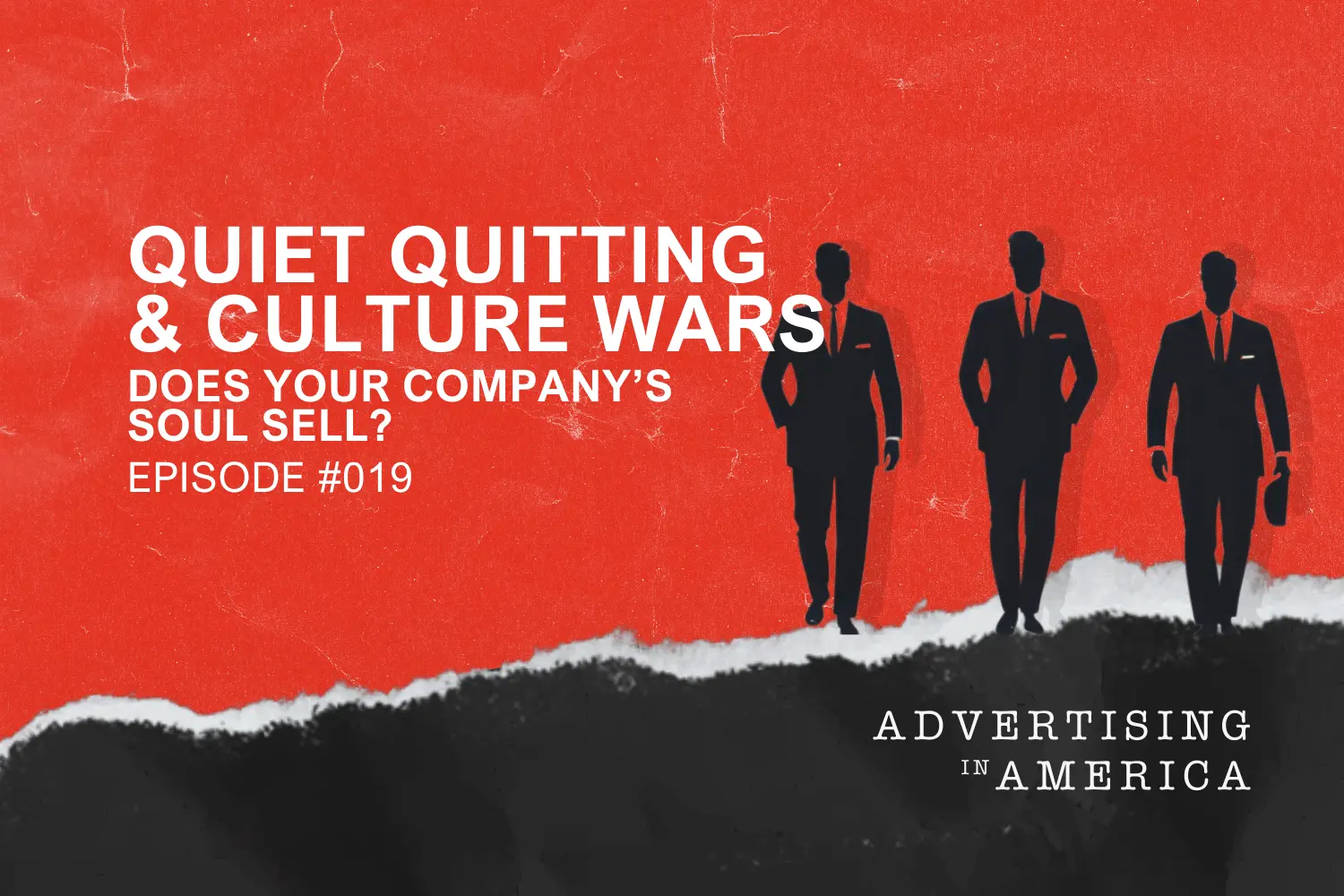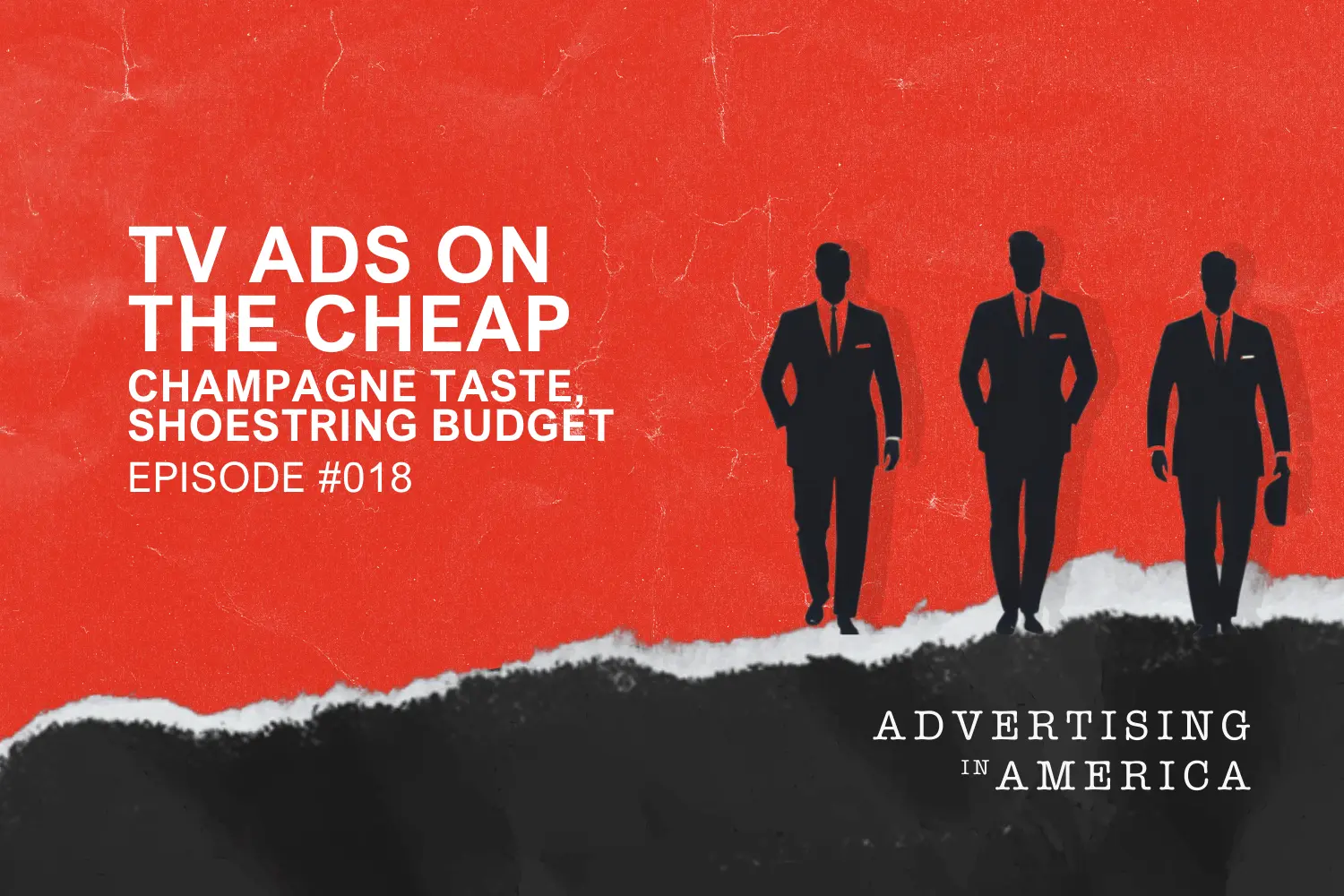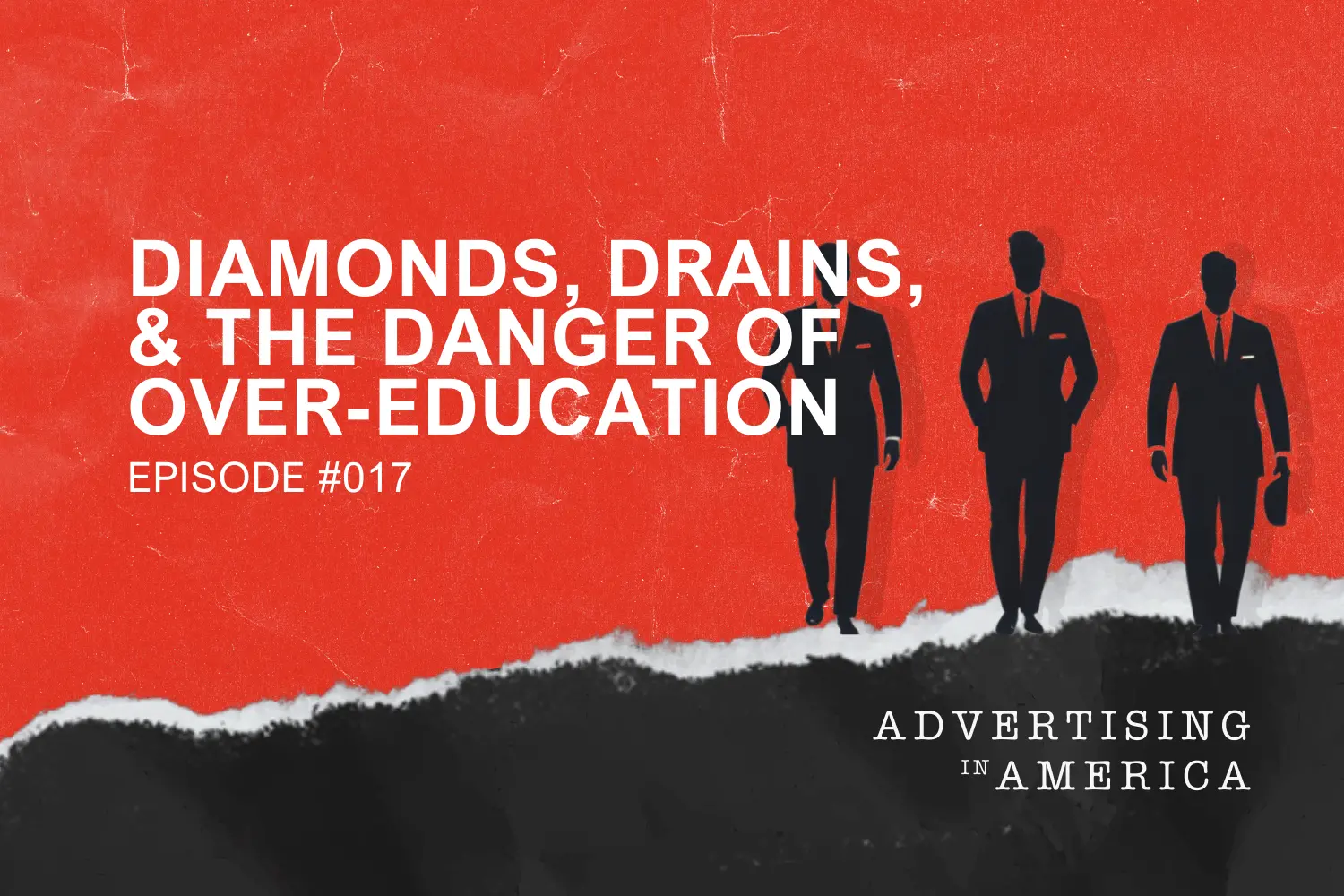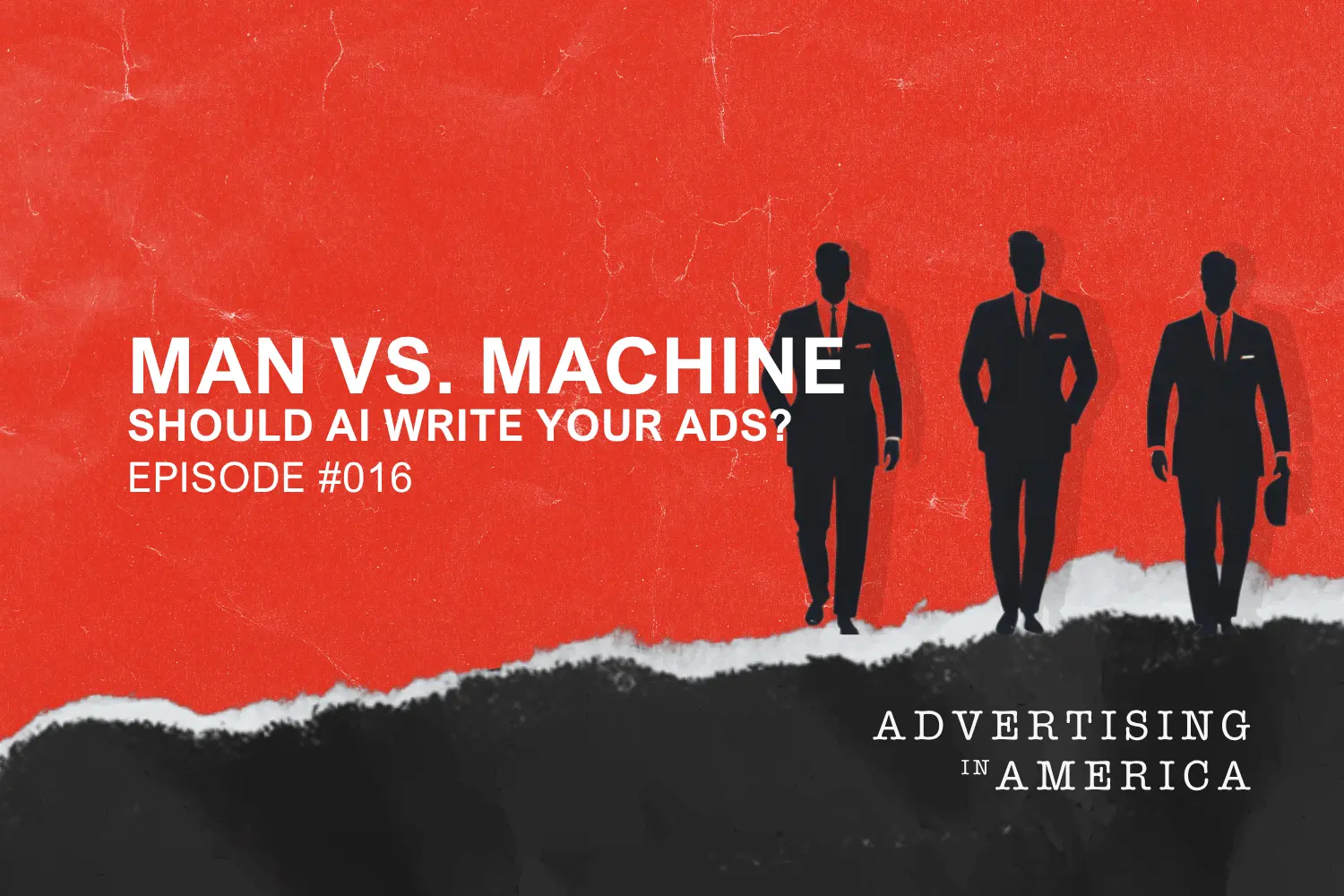
When marketing departments begin advertising campaigns, they consider numerous factors.
They might wonder…
Who are we targeting? What value are we providing? What problem are we solving?
What needs or wants does our audience have? What’s the goal of the campaign?
What stage of our marketing funnel does this fit into?
And perhaps most importantly: What makes people do the things they do?
For marketers to have effective campaigns, they need to understand the philosophy behind advertising.
What Exactly Is Advertising Philosophy?
Advertising philosophy relies on techniques and knowledge from liberal arts and science to predict human responses and behaviors to ads. By predicting those responses, marketers can run campaigns to fulfill their company’s needs.
Understanding the philosophy helps them to persuade users to take the action they want them to.
These persuasive messages are crafted, and then data is used to track consumer responses and adjust accordingly.
Once advertisers have run multiple campaigns, they’ll see trends emerge that they can capitalize on to increase sales.
Traditional advertising, though, is being questioned more and more lately.

Why Isn’t Traditional Advertising Good Anymore?
Since in traditional usages, advertisements tended to be forced upon unwilling audiences, it has been seen as unethical.
In the age of technology, though, users are able to seek out information more purposefully. This gives traditional advertising schools of thought room to evolve.
Now that your audiences are gathering by themselves, you can approach them more thoughtfully and ethically.
If someone is conducting research on a topic your company is an industry expert in, then that user will benefit from your content.
You can offer information and design marketing materials for more willing audiences than ever before. Being an educational source is going to benefit your audience because they’ll be learning from an expert.
But it’ll also benefit you, too. Your ads will be more effective once you establish trust with potential leads and authority in your industry.
If you’ve ever had a hard time designing advertising campaigns to align with your ethical beliefs as well as the needs of your company, then we’re here for you.
At Wizard of Ads, we understand that consumers shouldn’t be accosted with selling messages that they don’t want. We can help you design materials that land in front of your audience when they most want and need them. That makes for more effective marketing.
Ready to start? Contact us today!

Do You Know The 7 Types of Advertising Media?
Before we get to the two secrets of designing highly ethical and effective advertising materials, let’s go over the seven most common types. That will give us a good background before we go on to the secrets.
Direct Mail Advertising
With direct mail advertising, you’ll be sending printed materials through the mail. This is one of the oldest forms of advertising.
To be successful with this type of advertising, you’ll need to either send out a massive amount of materials, or you’ll need to very specifically target an audience. Typically, companies focus on sending out as many letters and envelopes as they can.
Mailing lists can be purchased based on the criteria your marketing team sets for your success.
Social Media Advertising
By creating social media accounts for your business, you can interact directly with customers.
Social media is a great way to get your brand messaging out there. You can easily discern who your ideal audience is because of the way people use social media.
When users follow and like other accounts, it provides a clear picture of their interests. That means you can really be specific with who you’re targeting. You can also build and maintain a strong customer base. By posting regularly and providing valuable information on social channels, then your followers will grow to trust you.
When customers trust a company, they’re much more likely to purchase services or products. Social media allows you to stay on the forefront of people’s minds.
Pay-Per-Click Advertising
This one is exactly what it sounds like. Every time a potential customer clicks on your link, you pay for that click. There are many different forms of PPC advertising, but search ads through search engines are one of the most utilized.
By identifying keywords and search terms related to your service or product, you can attach your ads to searches that are relevant.
If you sell chocolate, you could utilize PPC to have your ads show up when people search for “Valentines Day.” It would be a good use of your marketing budget to align with searches that are relevant in this way.
Mobile Advertising
This is a broad category. Mobile advertising refers to any type of ad that shows up on a mobile device.
The two main types of mobile devices are phones and tablets. You can use SMS text messages to send ads directly to people’s mobile phones. Or, you can use banners and pop-ups that appear on the mobile version of your website.
With so much data available, you can tailor your mobile ads to any particular group of people you think is likely to respond.
Since people almost always have their mobile devices on them, this is an increasingly important ad medium to utilize.
Print Advertising
Print ads, like in newspapers or magazines, are another more traditional way of advertising.
It involves choosing a print publication that you think would align with your values and provide you with readers who need your solution.
This can be an excellent method to select particular sub-groups of the market.
There’s a magazine for almost every interest or hobby, and there’s a local newspaper in many communities. These are two good filters to start with: interest and location.
With geographic location and information on interests, you’ll be able to carve out a space for your brand where viewers will appreciate the message. That means they’ll be more likely to engage!
Broadcast Advertising
Broadcast advertising refers to television ads, radio ads and billboards. These ads are “cast” to a “broad” audience.
While you can still narrow down the audience somewhat with this medium, the point is more to reach many people at once.
Think of the Super Bowl. You’re targeting people who like football…sort of. With a much broader audience than most football games, companies take advantage of the opportunity to reach so many people at once.
The Super Bowl’s broad audience puts the commercial slots at a higher price than for regular season games, where the audience is more narrow.
Reaching as many people as possible is becoming less utilized, but it remains a significant method. It can work, but it works best for companies with huge marketing budgets.
Other Media
It’s essential to leave this open ended. With the rate of change that we experience with technology, there are going to be new media opportunities popping up all over the place.
Take advantage of new channels to spread your message, otherwise you could risk being left behind.
The world is increasingly moving toward digital media and resources, and you have to follow your audience.

The Secrets in the Philosophy of Advertising?
Now that we’ve covered the seven main types of advertising media, it’s time to discover the two secrets to optimal advertising philosophy. This philosophy is adjusted from the traditional philosophy to fit the current state of our society as it relates to marketing.
Assert Your Presence Where You’re Wanted
To avoid bothering an audience that has no interest in you, send your marketing messages to people who want to hear it.
People often mistake this theory to mean that you can’t contact anyone who doesn’t already know about you.
What it really means is to focus on forming relationships with people who are likely to engage. It’s more effective for you. You’ll spend less time and money getting your leads.
Sometimes people don’t know they want or need your product or services. So you can align your business with something closely related that the consumer does know they need.
For example, if you are selling protein bars, you might want to advertise to gym-goers. If people go to the gym, they’re more likely to focus on their macronutrient intake. Even if they aren’t looking for protein bars in their head, they are aware of their desire to focus on nutrition.
And your company offers a nutritional solution that won’t fall on deaf ears to that audience. If you advertise your protein bars to everyone walking down the street, you’re wasting resources.
And you’re bothering an audience who isn’t going to be as likely to care.
The takeaway is to go where you’re wanted. It will make the most of your dollars and time, and it will be better for your audience too.
Provide Value Before Purchases
For advertisers to maximize their credibility, they should offer information for free to their audience. Your audience is giving you their time (and often information) when they engage with your materials. Make it an even trade each step along the way.
When you sign a client, they pay you for a service. Establish a strong connection by trading their initial time for valuable expertise.
This method will help prevent users from feeling tricked, led along or that their time was wasted.
Conclusion
Do your current marketing strategies include these two secrets?
Maybe you need some help choosing your captive and willing audiences.
Or, maybe you need help providing value before the point of sale.
Either way, we’re here for you. Let’s get to know each other to decide if Wizard of Ads would be a good fit for you.
Whatever your needs are, we’d like to hear them. Contact us today!

